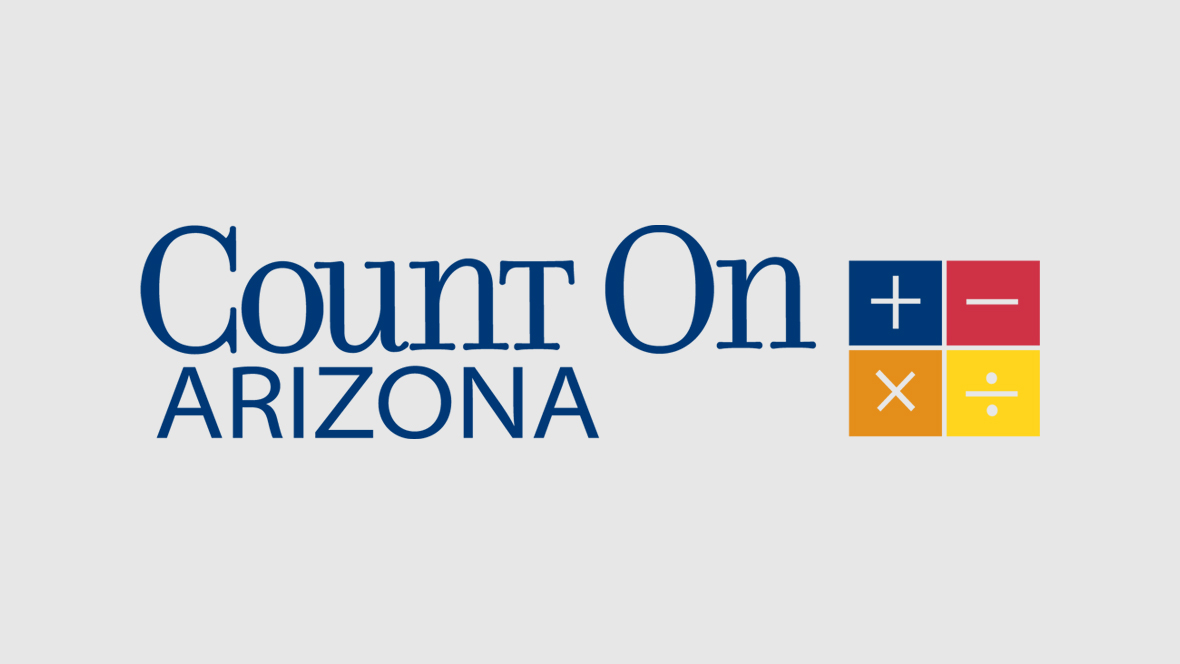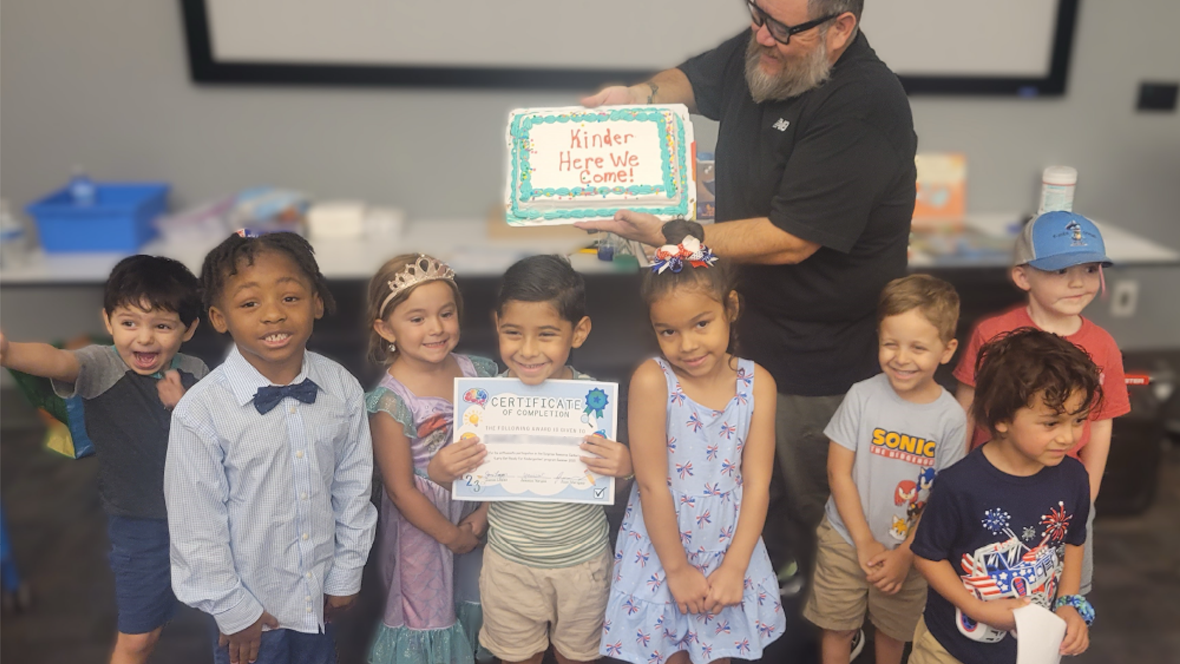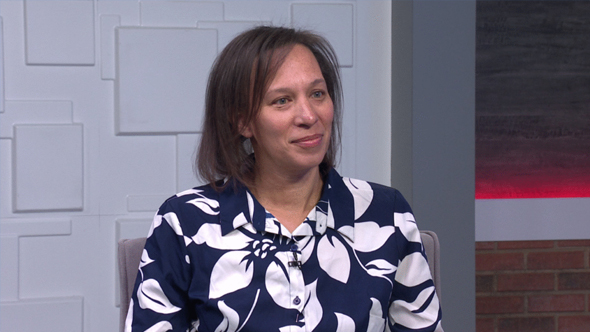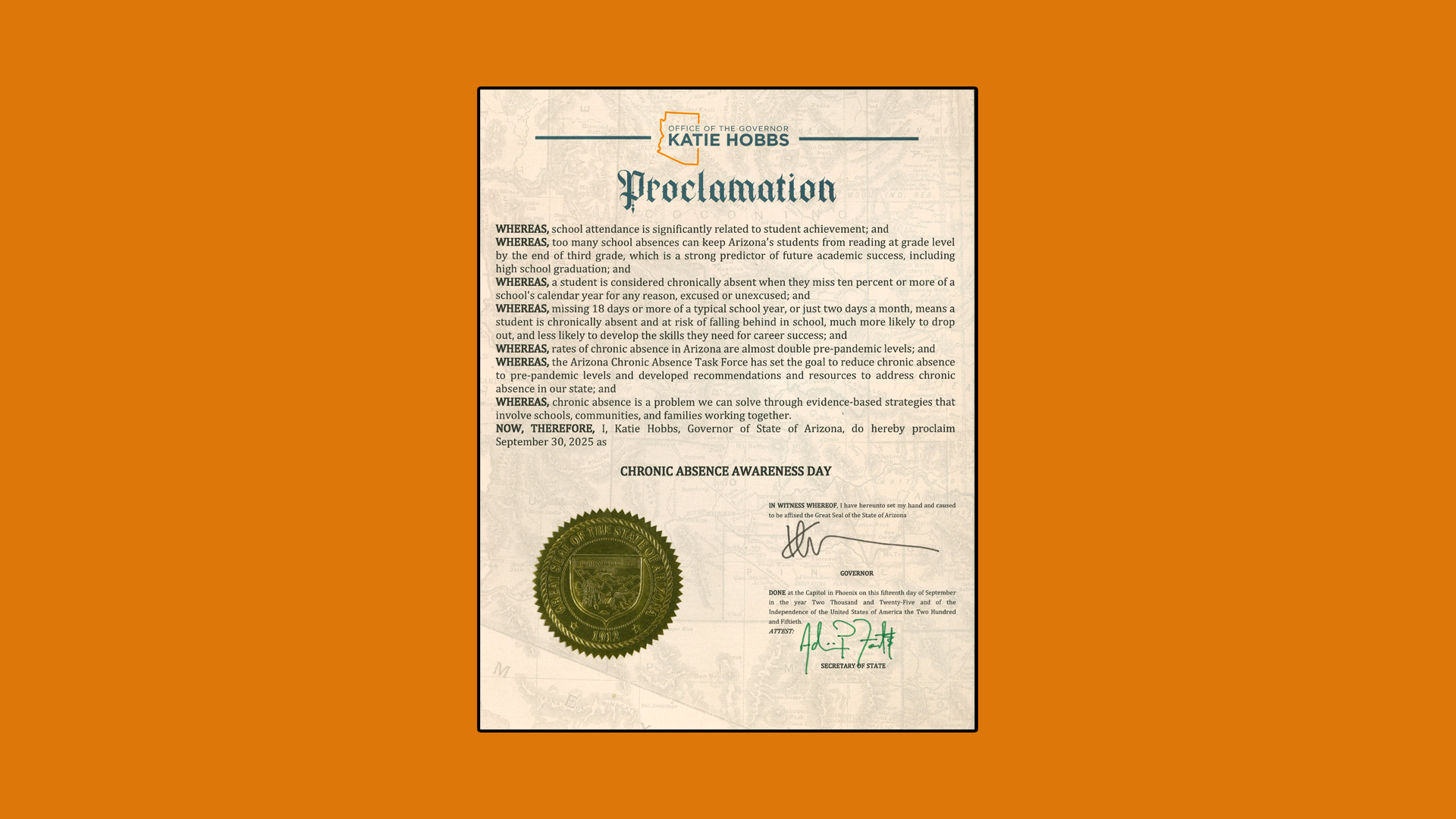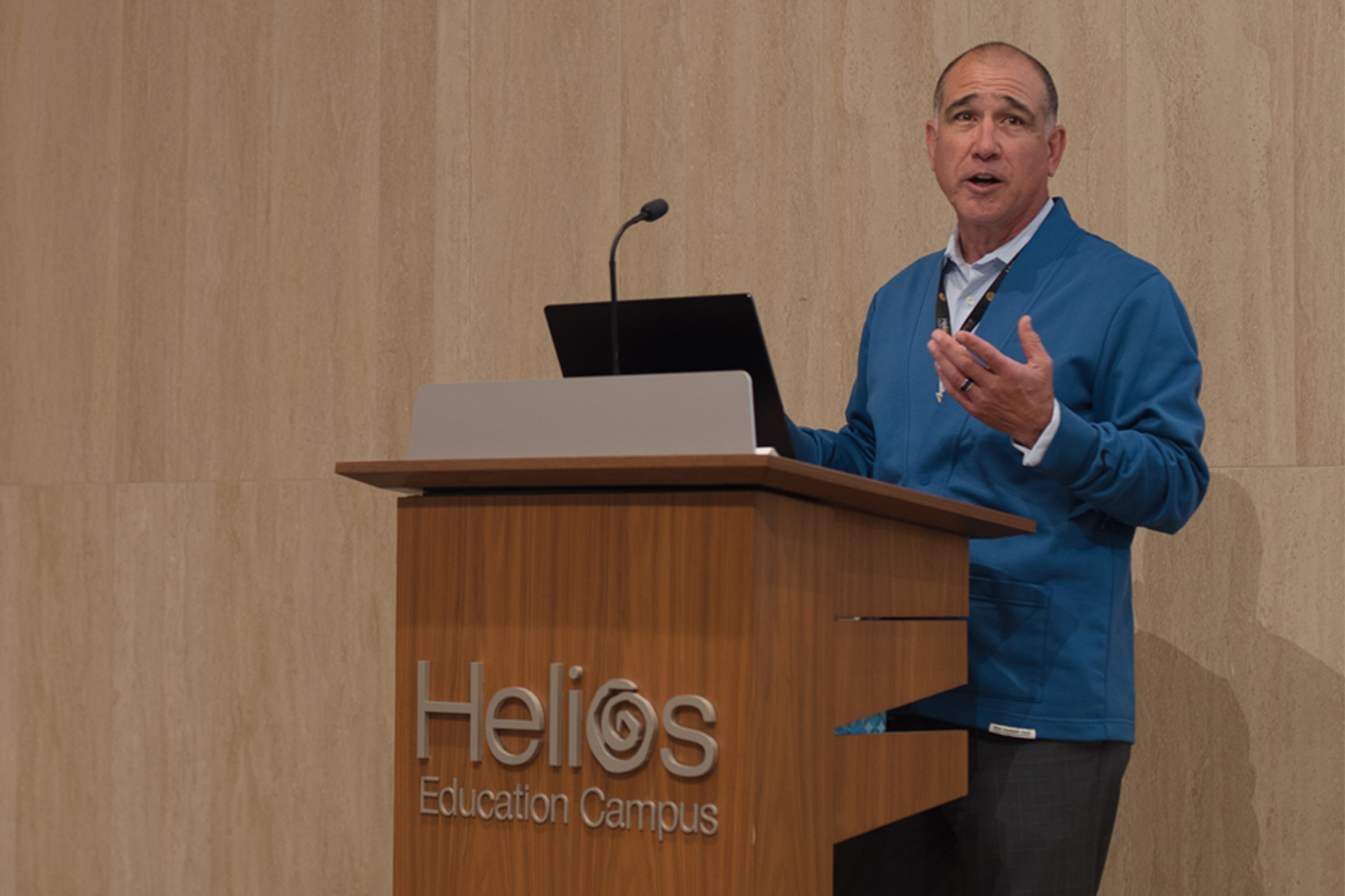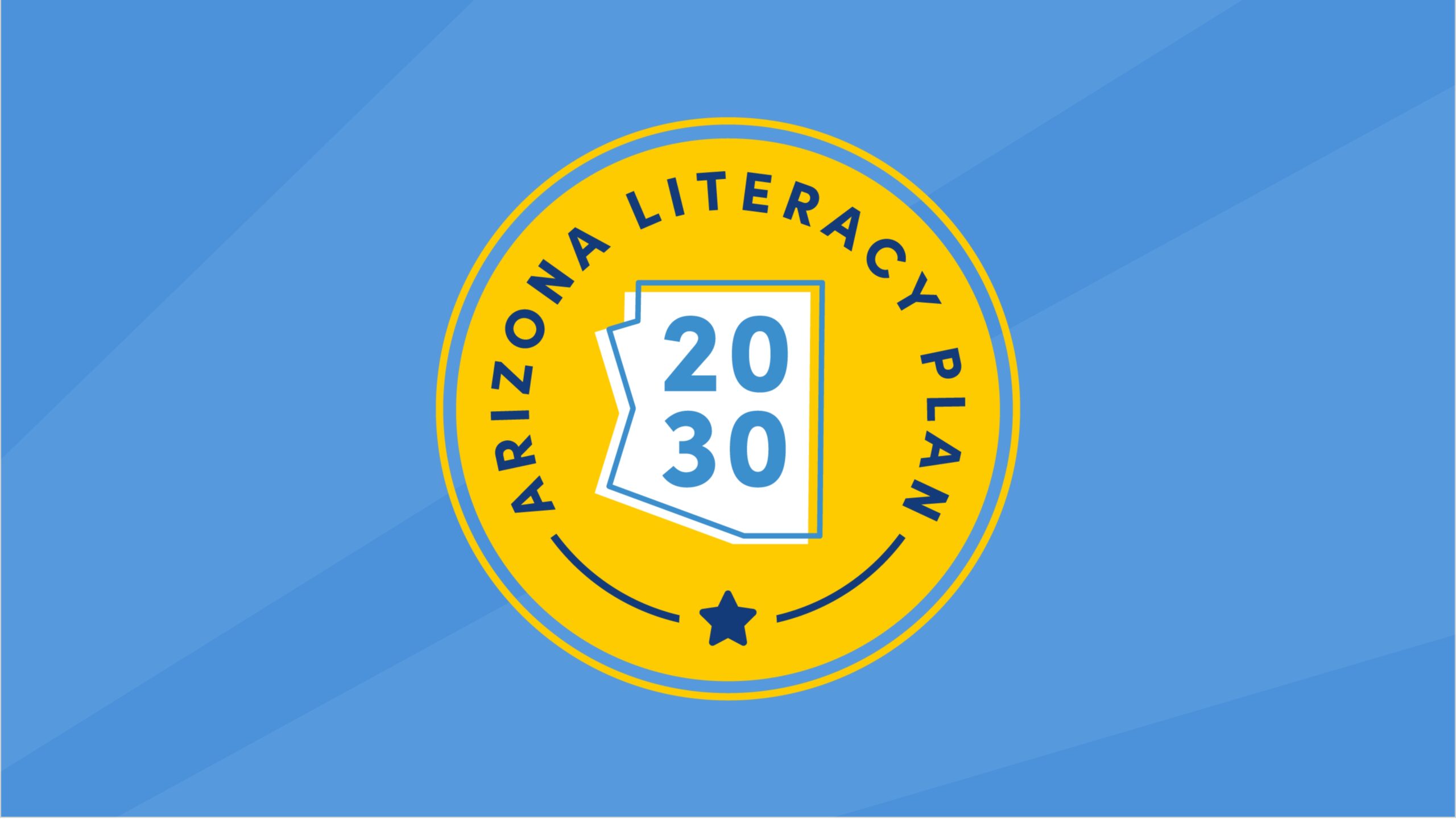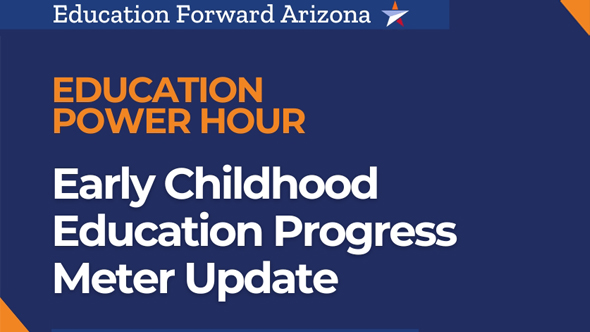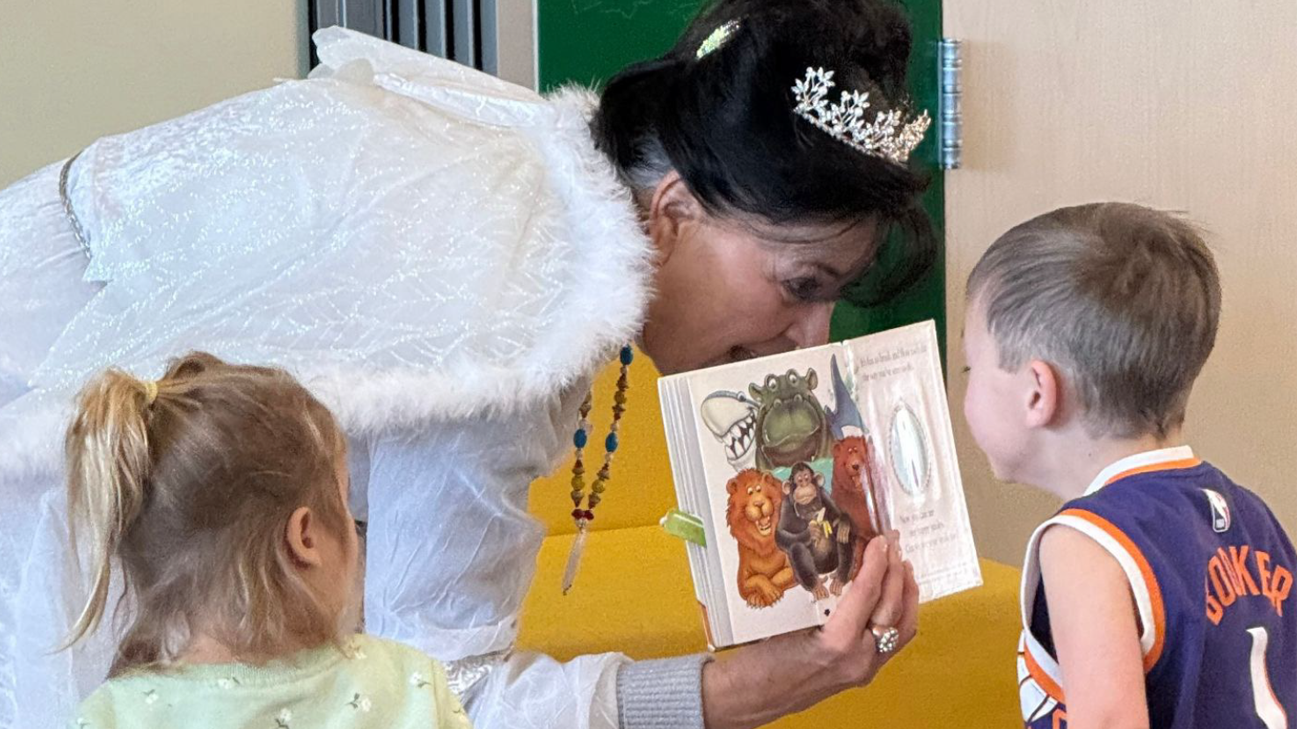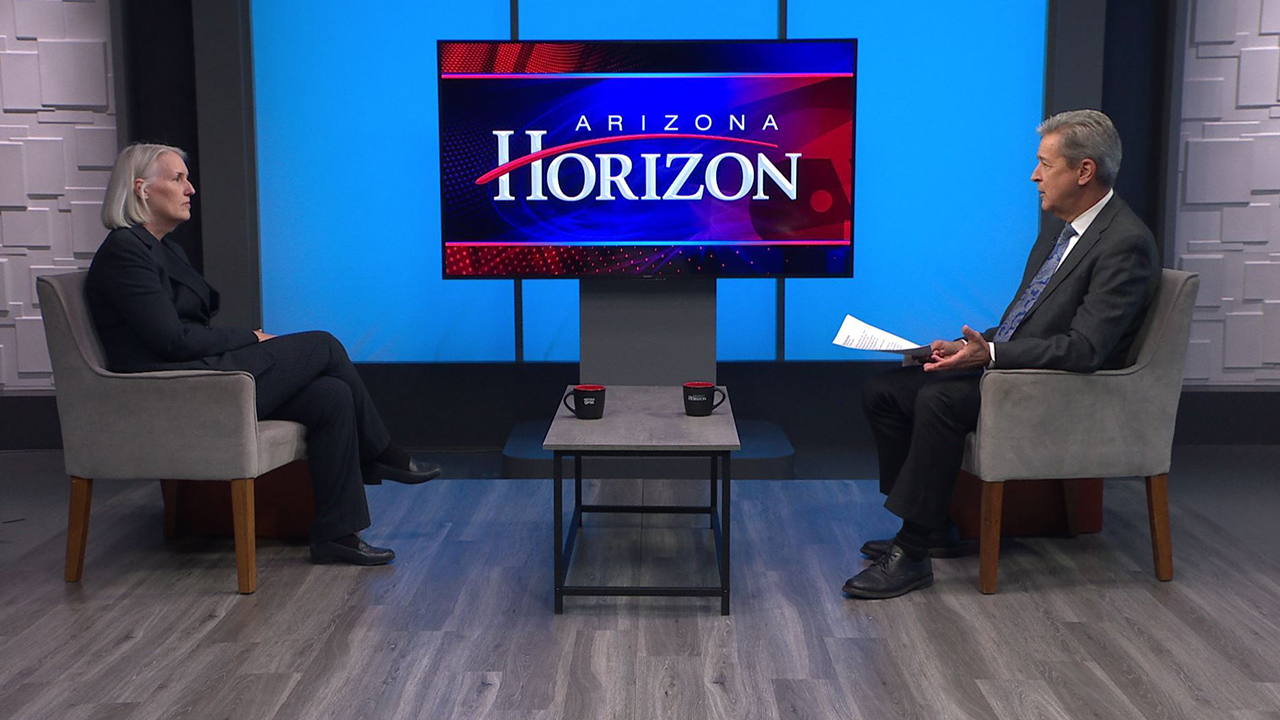
November 18, 2014
Read On Arizona
One state’s experience with the Lead for Literacy framework in its drive for 100 percent third-grade reading proficiency
Harvard Graduate School of Education | Mary Tamer | November 18, 2014
Two years ago, when Arizona launched its statewide literacy initiative Read On Arizona, state leaders looked for guidance in a series of policy and practice memos developed by Professor Nonie Lesaux.
The one-page memos, released in 2012 as part of Lesaux’s Lead for Literacy initiative, are aimed at educators and policymakers who play a leading role in children’s literacy development. Each memo, she says, “revisits assumptions that guide current policies and practices, outlines common pitfalls, and presents feasible solutions to pressing issues.”
“Across the nation, committed individuals in early education settings, schools, communities, and statehouses are working tirelessly on efforts and initiatives to promote children’s literacy development,” says Lesaux. “But all too often, the efforts don’t add up to meaningful change — and these individuals lack doable guidance based on key learnings from research and practice. These memos were therefore created to give easy-to-digest, actionable guidance to literacy leaders at every level — from business and community members working on the effort, to practitioners providing direct support to children — and help reach real impact for children across the country.”
With a goal to have all students reading at or above grade level by the end of third grade, Arizona’s Literacy Director Terri Clark seized the opportunity to utilize the 16 memos, sharing them with partners as well as the communities that signed on to work with Read On Arizona — a public-private partnership that includes the Arizona Department of Education, Arizona Head Start Collaboration Office, First Things First, and other state-based foundations.
According to Clark, Lesaux’s documents have helped to bring awareness to the important work of improving children’s literacy and have enabled partnering organizations to share information with their own constituencies, allowing them to talk about the work “with a common language.”
“There are certain memos that may speak to district superintendents, and some that may speak to or resonate with business leaders, so it has helped us, again, to better know our audience so we know what they need to understand the problem,” says Clark. “The briefs make it manageable for us to update partners on where we are and why, as well as the role they can play in this work.”
Titles within the 16-document series — which focuses on program design and implementation, assessments, professional development, family engagement, and curriculum — include:
- Program Design for Impact
- Early Identification and Intervention Practices
- What Leaders Need to Know and Do
- Literacy Unpacked: What do we Mean by Literacy?
- The Importance of Early Literacy Assessment
- Implementing Family Partnerships that Make a Difference
- Designing a Volunteer Program Focused on Literacy
“We have been very thankful to be able to use them and have access to them,” says Clark. “They help the work on so many levels.”
With 17 participating communities, Clark says Read On Arizona is working with between 200,000 and 300,000 children between the ages of 0 to 8 across the state. To date, results are promising, and Clark notes that third-grade students taking Arizona’s Instrument to Measure Standards (AIMS) have realized a two-point gain since 2012 in the “meets” or “exceeds” performance levels — from a combined 76 percent in 2012 to 78 percent in 2014.
“We are making progress, but there is still work to be done,” says Clark. “The number of kids falling in the lowest category has gotten smaller, and, as we try to move them up the progress track, we are seeing statewide improvement in passing, which is a pretty significant accomplishment.”
Originally published by the Harvard Graduate School of Education.
